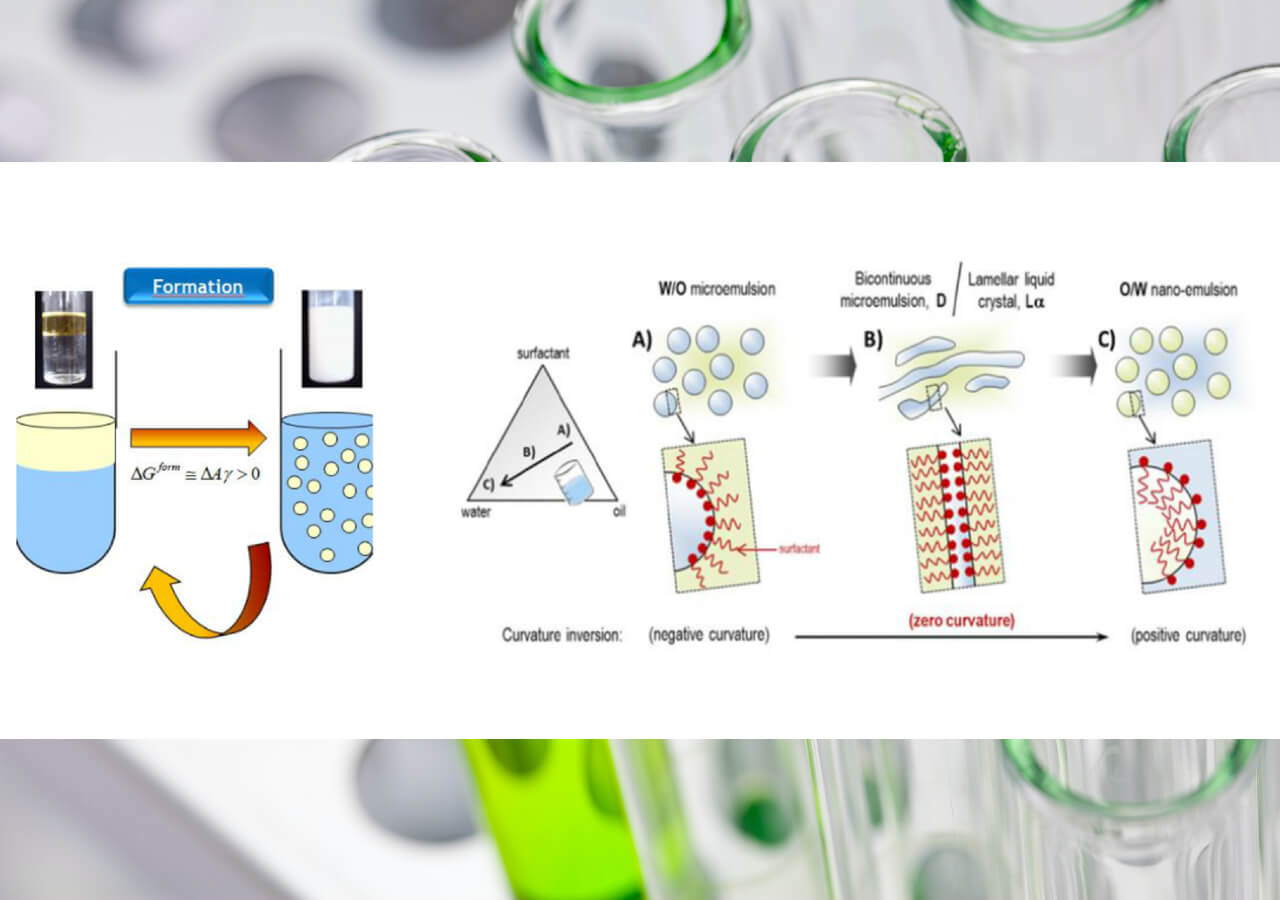Preparation and techniques for advanced cosmetics formulation; let's make it simple for formulators
Cosmetic formulation design is a multidisciplinary and challenging area of focus for the cosmetic industry. Current challenges in creating truly differentiated products in a highly competitive landscape and regulatory pressures to move towards greener and more sustainable solutions have created new advances in cosmetic formulation design incorporating, both academic and industrial research advances in green chemistry, biosurfactants and advanced characterization.
Most of the cosmetic formulations that are actually sold on the market are based on emulsion technology. Knowledge in colloidal science and phase diagram studies are very powerful tools that give extremely valuable help to formulate innovative formulations based on other kind of dispersions such as nano-emulsions, microemulsions, highly concentrated emulsion or liquid crystal stabilized emulsions.
These dispersions can solve common macro emulsions issues such as physico-chemical stability, solubilization of higher amount of oil and preparation of sprayable and transparent formulations. Furthermore since these dispersions are based on nanostructured phased, it allows a better penetration into the skin of the actives present in the formulations and consequently a better effectiveness.
Also, keep in mind that cosmetic formulations involves not only the incorporation of scientific understanding from colloidal science and complex fluids to generate products with good stability profiles and effective active delivery but also needs to take into account and engineer-in the correct rheological, tribological and surface/interfacial properties to ensure delightful sensory responses. It is important to keep in in mind that:
-> Advanced formulations have a remarkably wide range of possibilities for innovative applications in the cosmetic and dermatological fields.
-> Key factor is the selection of the most suitable process, which ensure the desired properties of the final obtained formulation.
-> Low energy methods provide low polydispersity and size of the nanodroplets and can solve stability issues with formulations.
-> Significant challenges and multiple benefits, the class of dispersions have the potential to shape the future of topical products.
It is important to explore the possibility to prepare these innovative dispersions by so-called low energy methods. These methods require almost no mechanical energy since they takes advantage of the internal energy of the systems and can be divided in two approaches: PIT (Phase inversion temperature) and PIC (Phase inversion composition). Both methods allow to prepare dispersions with very fine particle size and low polidispersity.
The use of advanced formulation will help to solve technical issues that are commonly met in cosmetic formulation development buy also to improve the marketing of your cosmetic products.
In conclusion, the preparation and techniques for advanced cosmetics formulation require a thorough understanding of the chemical and physical properties of ingredients, as well as the interactions that occur during the formulation process. By selecting stable and effective ingredients, and using techniques such as emulsification, homogenization, and micronization, formulators can create safe, effective, and aesthetically pleasing cosmetic products that meet the demands of consumers.
Don't forget to checkout this expert recommended online trainings:
Cosmetics Emulsion Stability; All In One Training Including Design, Challenges, and Testing for Excellent Formulations

